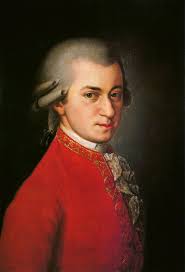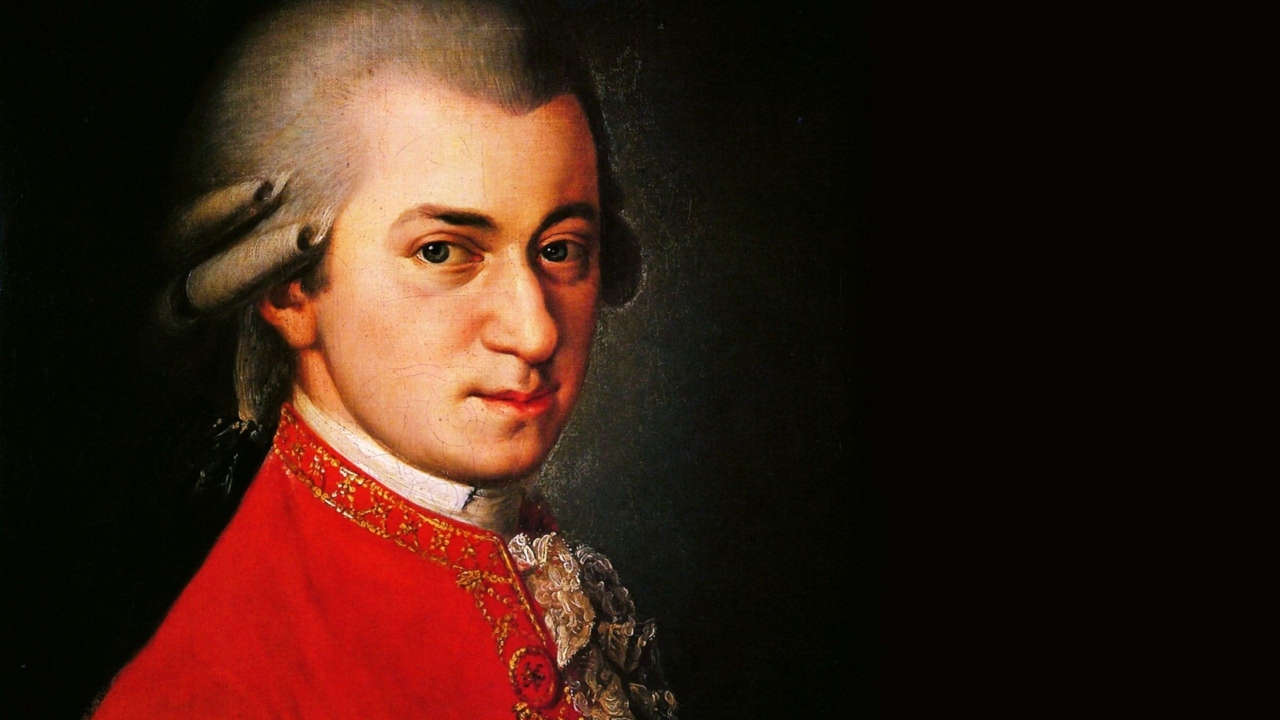Wolfgang Amadeus Mozart’s Symphony No. 41 in C major, K. 551, famously known as the ‘Jupiter’ Symphony, is one of the most celebrated and revered works in the symphonic repertoire. Composed in 1788, it was the last symphony Mozart ever wrote, marking the pinnacle of his orchestral mastery. The symphony’s nickname, ‘Jupiter’, was not given by Mozart himself but is believed to have been coined by the impresario Johann Peter Salomon in reference to the symphony’s grandeur and powerful character.
The Context of Composition
In the summer of 1788, Mozart composed his final three symphonies in rapid succession: Symphony No. 39 in E-flat major, Symphony No. 40 in G minor, and Symphony No. 41 in C major. It remains uncertain whether Mozart wrote these symphonies for a particular commission or concert series. However, historians speculate that financial difficulties and a decline in public favor motivated him to compose these works in hopes of reviving his career.
Despite these hardships, Symphony No. 41 stands as a testament to Mozart’s ability to transcend personal struggles through music. The symphony was not widely performed during Mozart’s lifetime, and its true impact was only recognized posthumously.
Musical Structure and Innovations
The ‘Jupiter’ Symphony is a masterful blend of elegance, complexity, and dramatic intensity, showcasing Mozart’s skill in counterpoint and orchestration. It follows the standard four-movement structure of the Classical symphony:
- Allegro vivace – The first movement is majestic and energetic, opening with a bold fanfare that immediately establishes the grandeur of the piece. Mozart uses contrasting themes and a sophisticated development section, displaying his compositional prowess.
- Andante cantabile – The second movement is lyrical and expressive, offering a moment of introspective beauty. It features delicate phrasing and rich harmonic textures, providing contrast to the lively outer movements.
- Menuetto: Allegretto – The third movement, a stately and rhythmic minuet, is both refined and vigorous. It serves as a bridge to the grandeur of the final movement.
- Molto allegro – The fourth movement is considered one of Mozart’s greatest achievements in symphonic writing. It features a remarkable five-voice fugato, where multiple melodies are interwoven with incredible complexity. This contrapuntal mastery makes the finale one of the most impressive in the history of classical music.
Legacy and Influence
Following Mozart’s death in 1791, Symphony No. 41 gradually gained recognition as a crowning achievement of the Classical era. Beethoven, among others, admired its sophisticated structure and innovative use of counterpoint. The symphony’s grandeur and technical brilliance earned it a lasting place in the standard orchestral repertoire.
Today, the ‘Jupiter’ Symphony is performed worldwide and remains a symbol of Mozart’s genius. It is a testament to the enduring power of his music, encapsulating the brilliance and emotional depth that make his compositions timeless.
Conclusion
Symphony No. 41, ‘Jupiter’, represents the culmination of Mozart’s symphonic achievements. It is a work of unmatched brilliance, blending dramatic intensity with intricate musical craftsmanship. Though Mozart never heard it performed in a grand concert hall, his final symphony continues to inspire musicians and audiences, securing its place as one of the greatest symphonies ever composed.


No responses yet